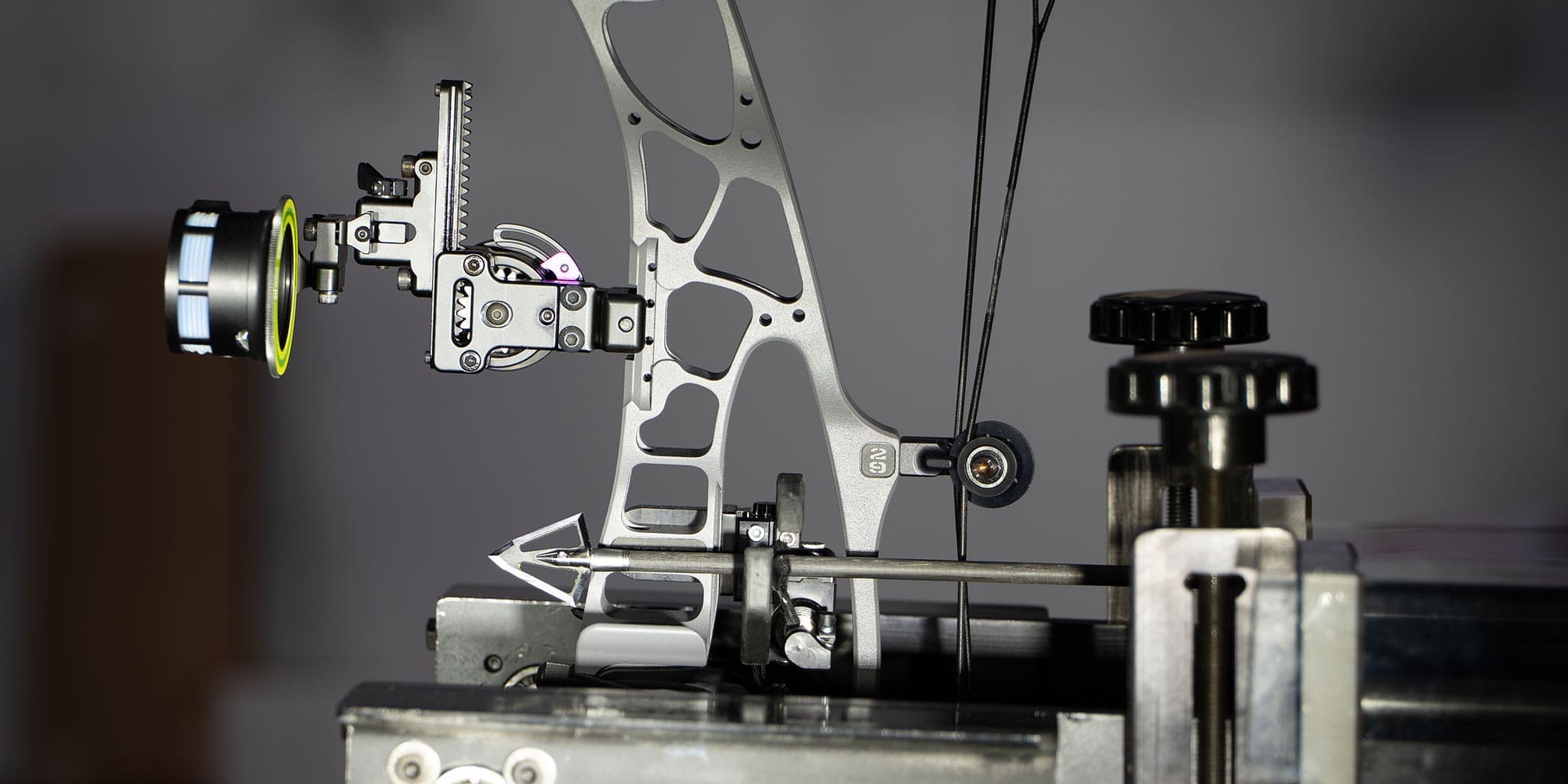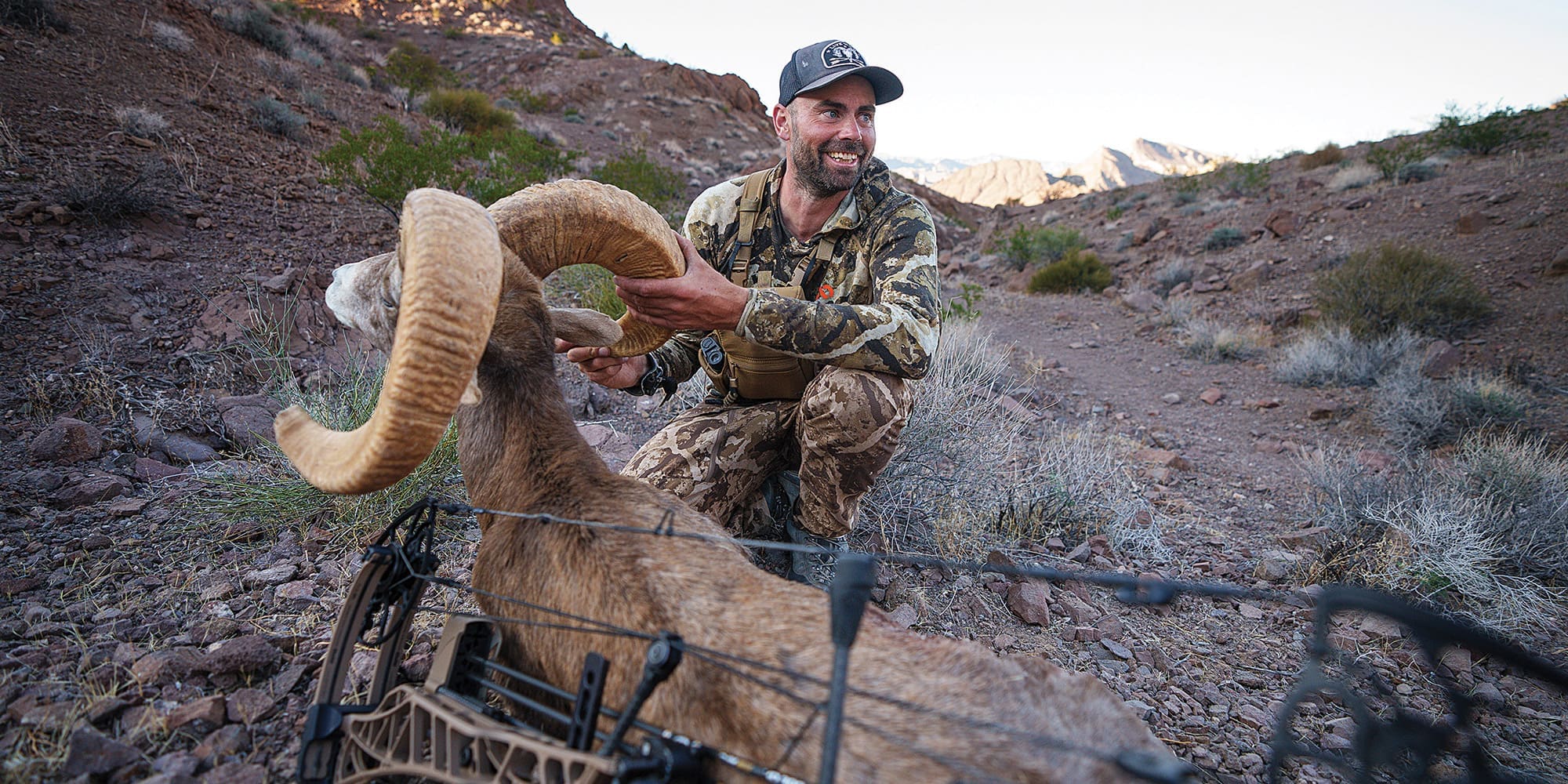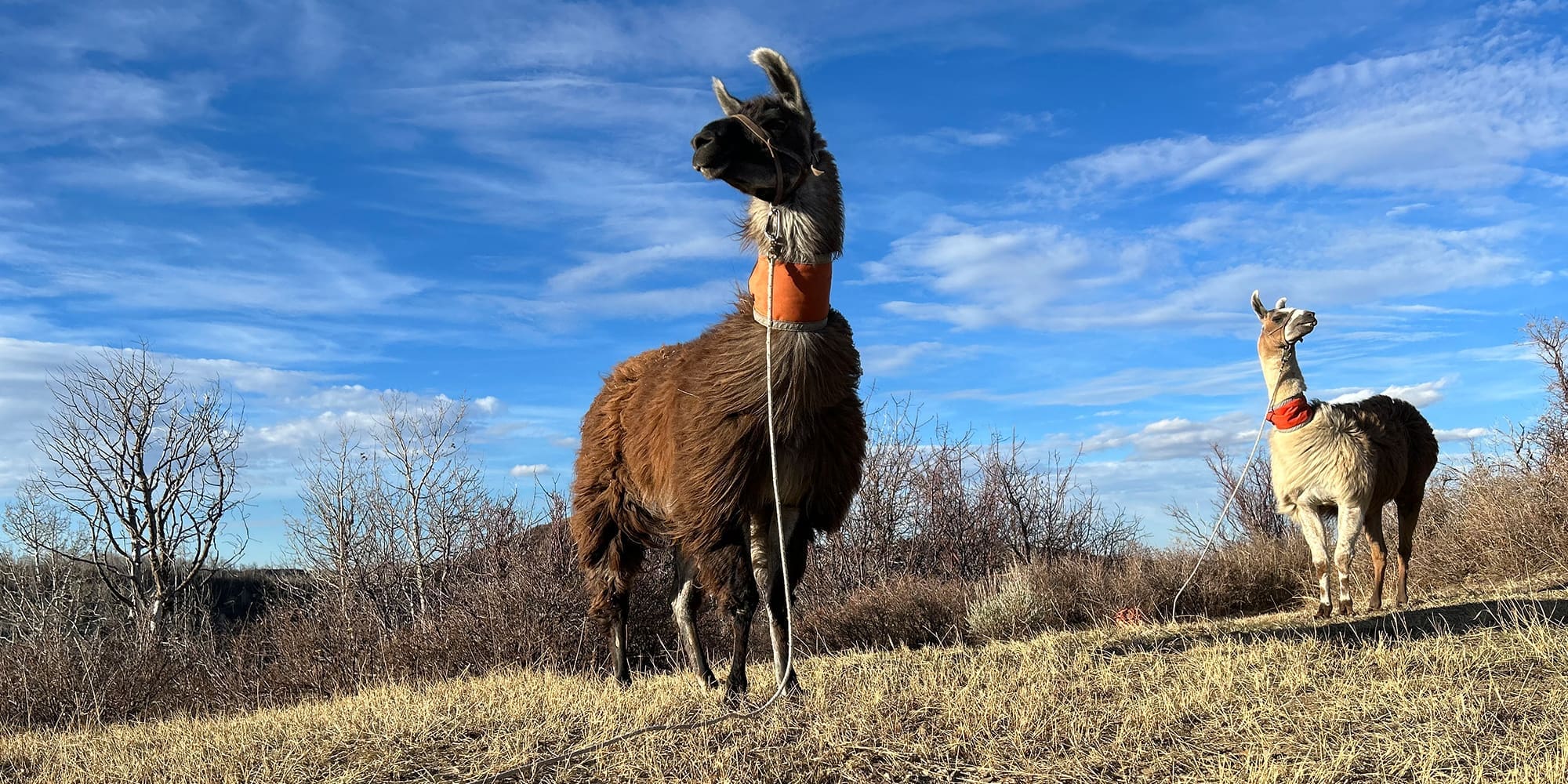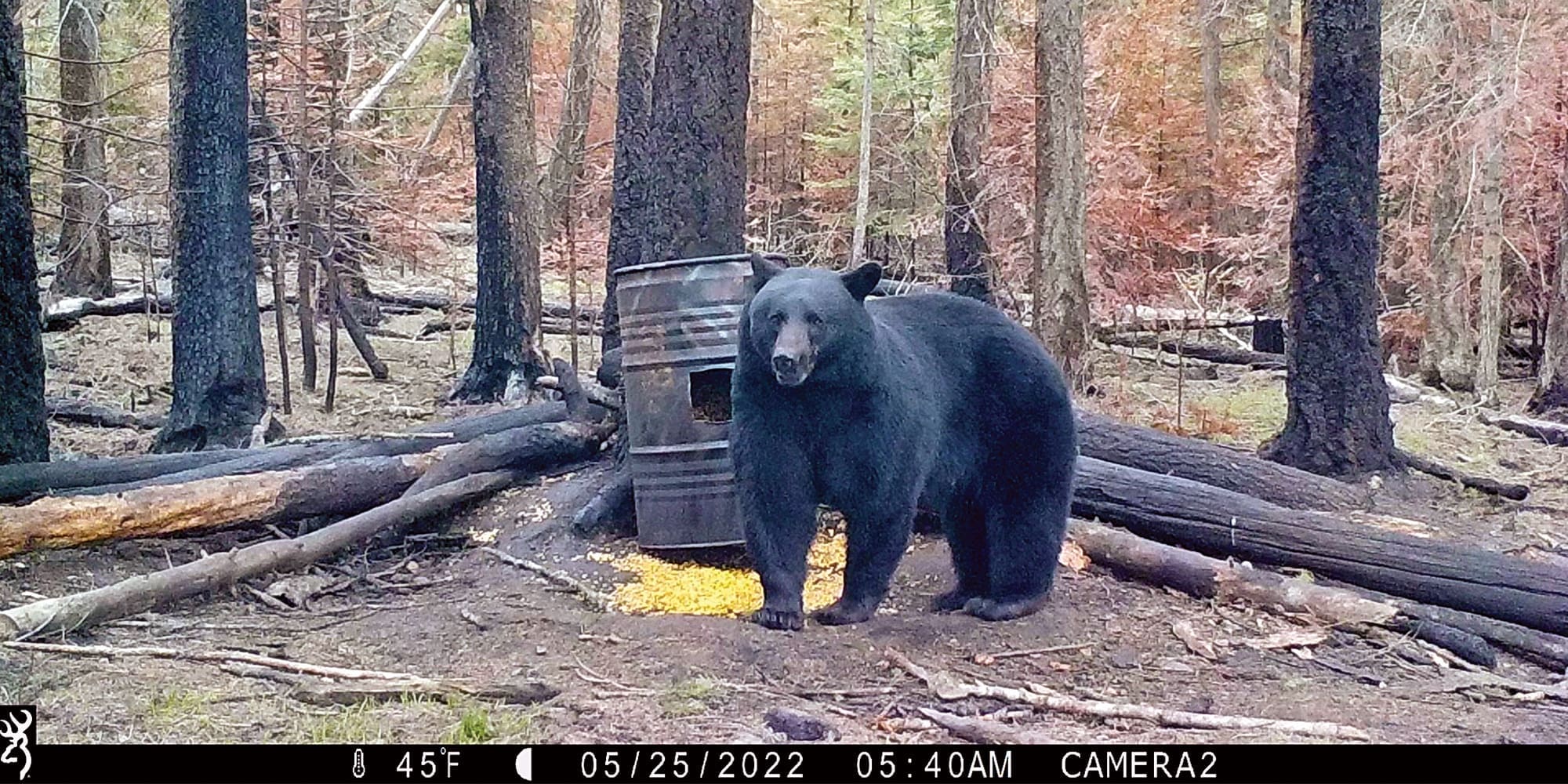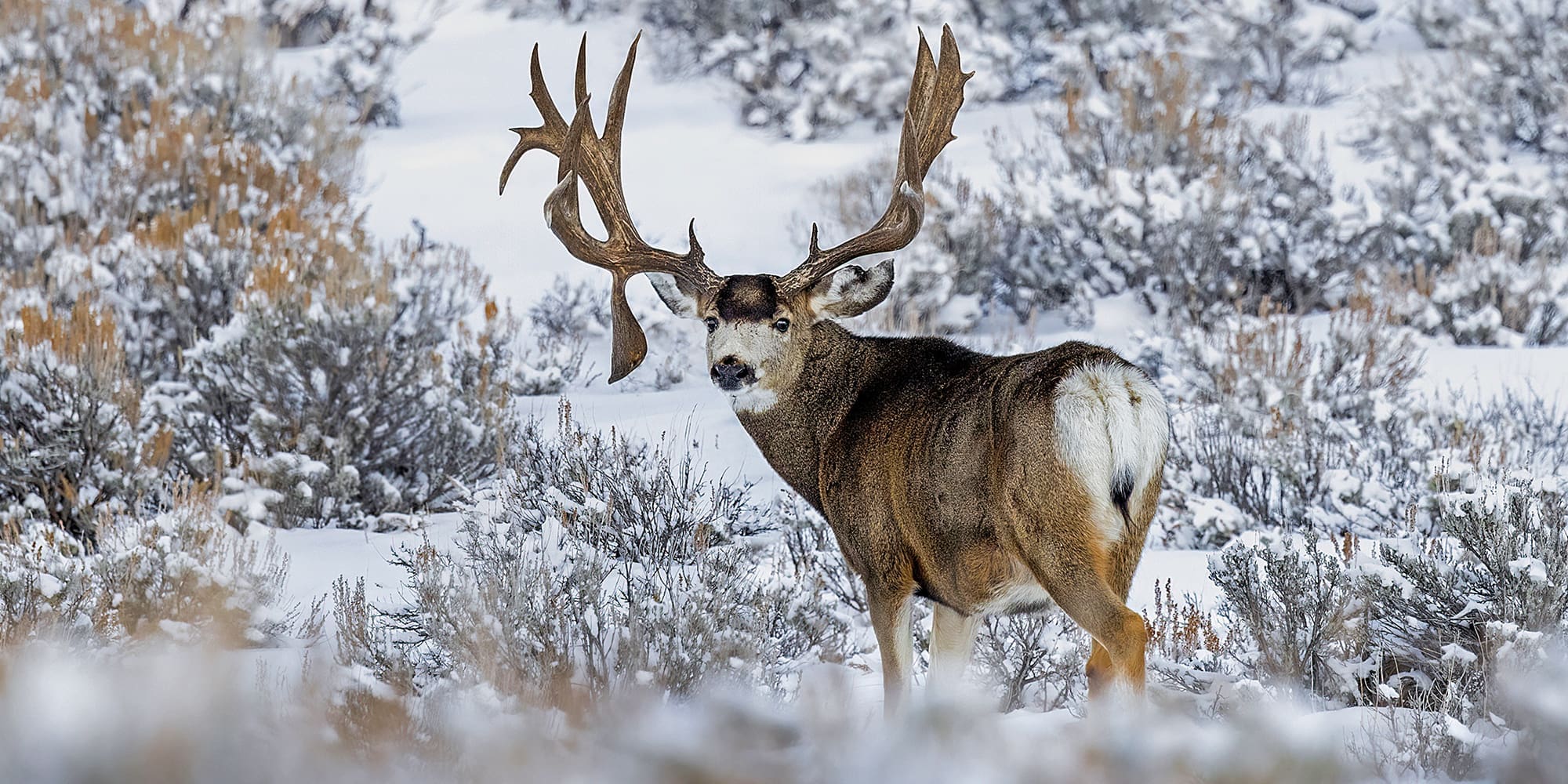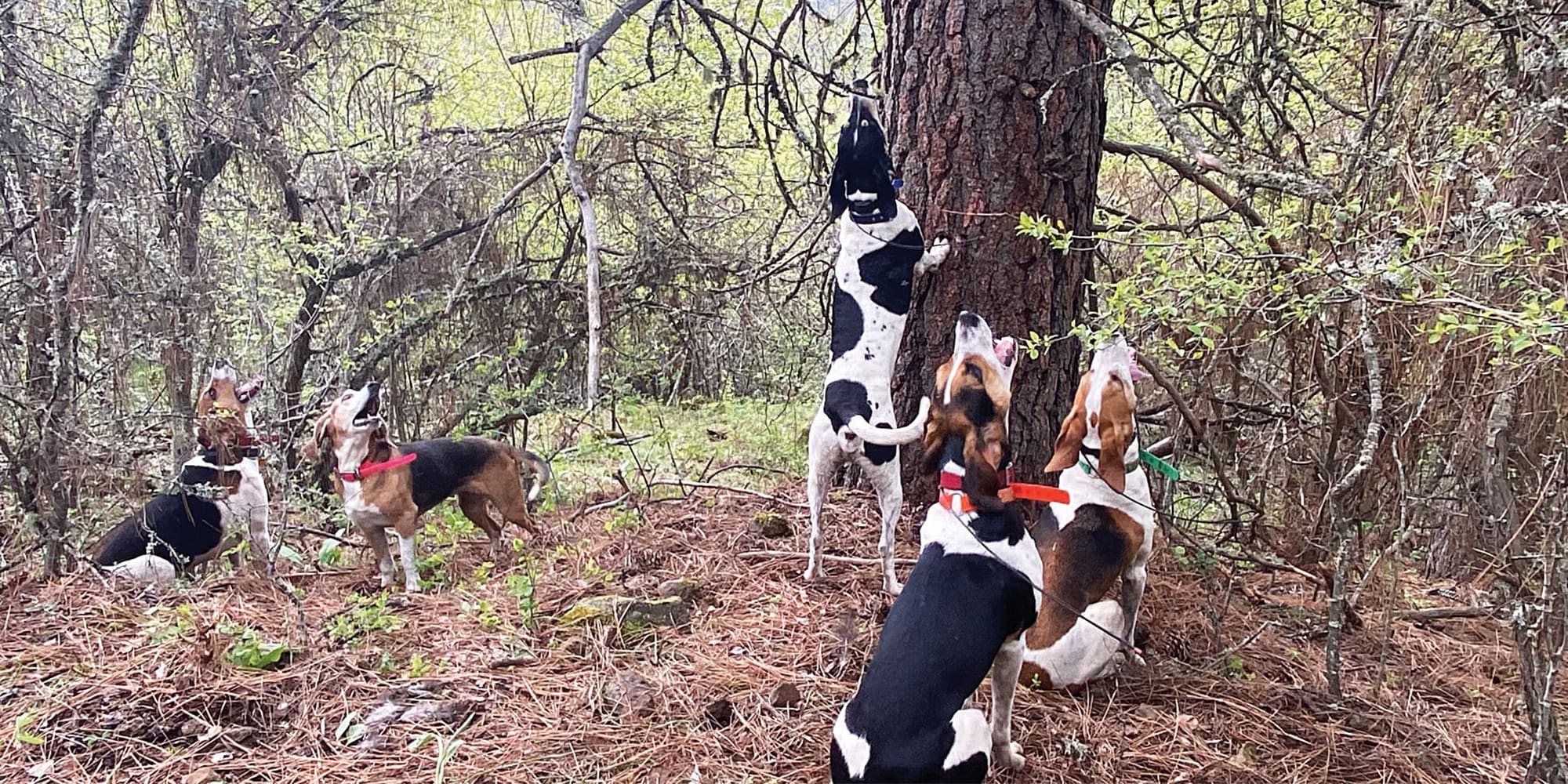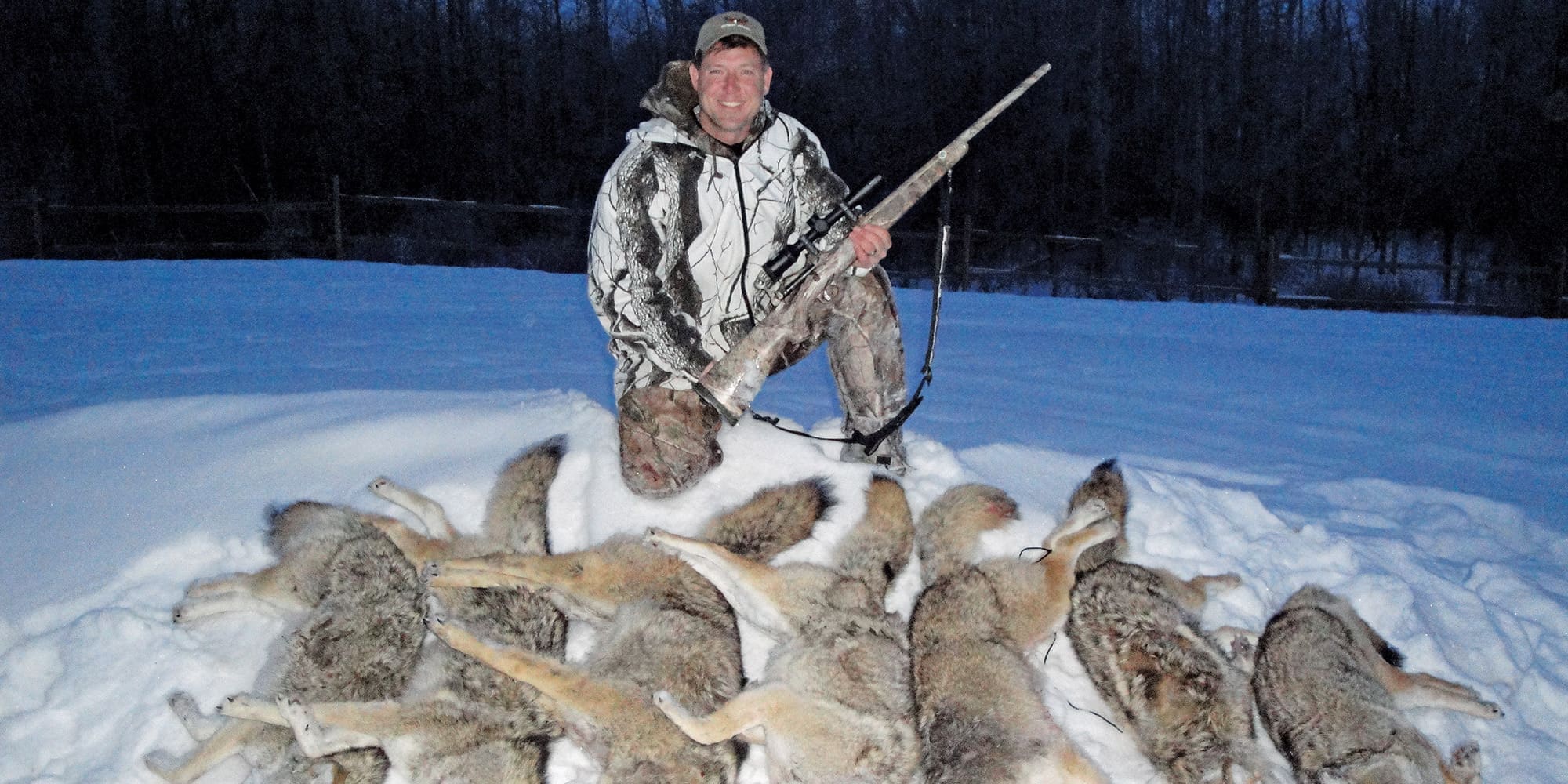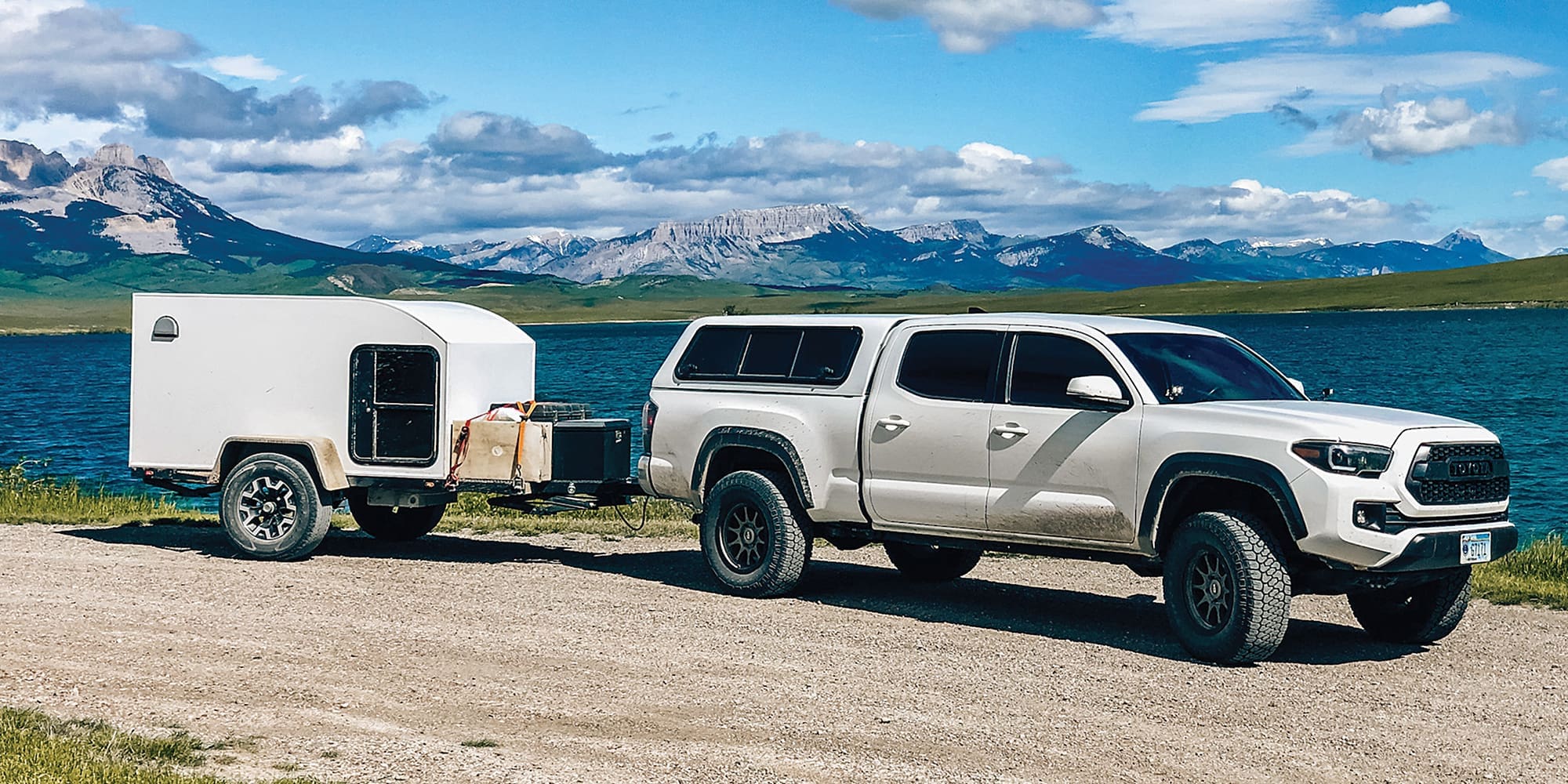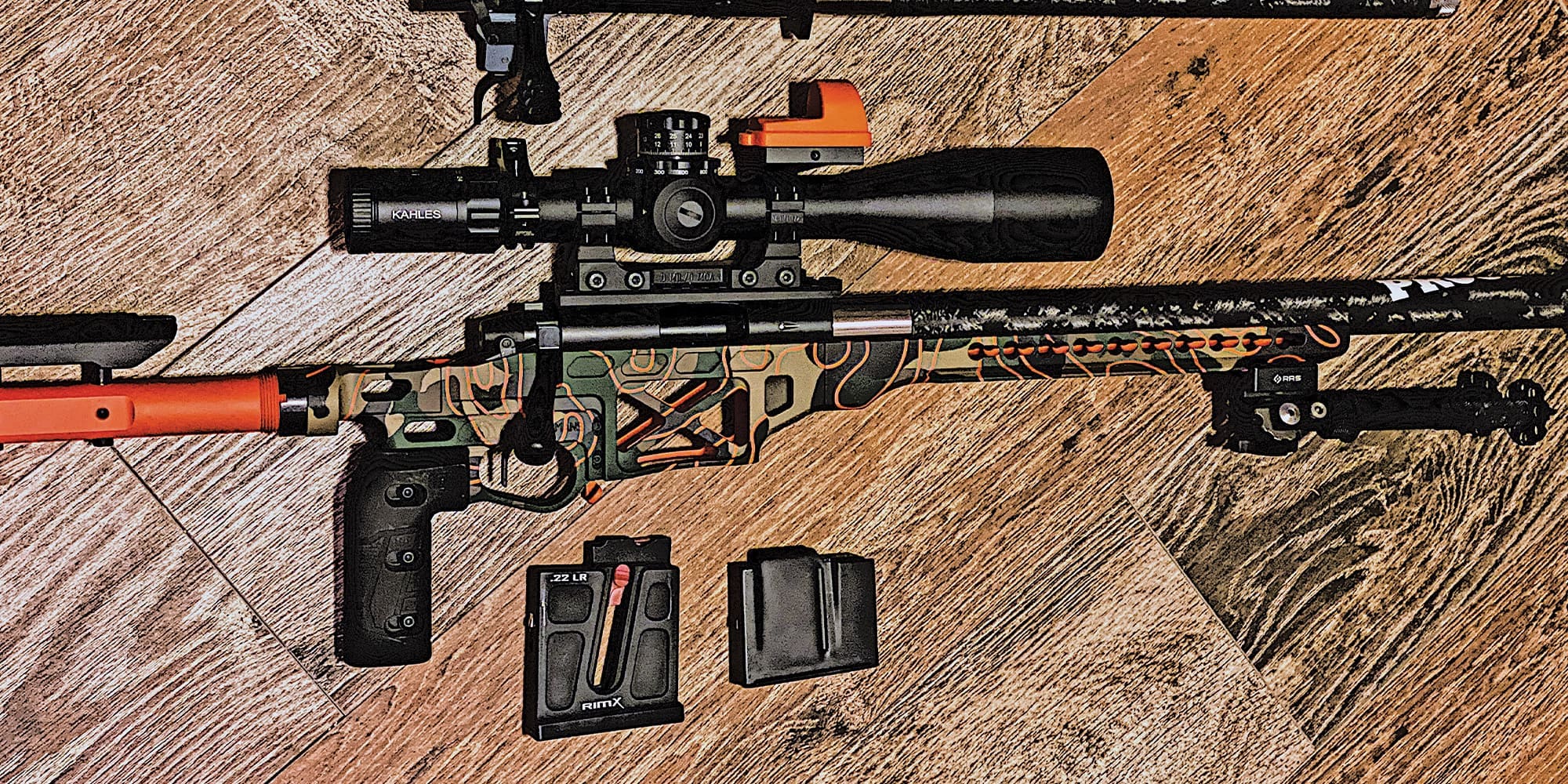
NOTICE: Certain links on this post may earn a commission for Western Hunter Magazine from Amazon or our other affiliate partners when you make a purchase. Thank you for your support.
Swarovski's BTX: Two Years Later
Two years ago Swarovski introduced the BTX dual eyepiece for the X series spotting scopes. Prior to the BTX’s arrival all the other “big eyes” on the market were 12-15 lbs and required a beastly tripod to handle their weight. At 4-6 lbs (depending on objective lens) the BTX system was easily packable and compatible with any Outdoorsmans lightweight tripod. Given Swarovski’s impeccable reputation for optical excellence, this new product could revolutionize long range glassing, but…
Two Years Later
After 30 plus years in this industry I have seen thousands of new products introduced. My garage is full of products that I had to have knowing that they would be awesome tools in the field, only to find out that they really didn’t add to my success or enjoyment. But the BTX exceeded my every expectation!
The first season I packed the BTX eyepiece and the standard spotting scope eyepiece on a few hunts. When I was trying to cut pack weight on the more physical hunts, I would leave the BTX and only carry the lighter spotting scope eyepiece. Then my son Mark and I were on an elk hunt in Wyoming (Double Down episode of The Western Hunter) and everything changed.
I spotted a big 7x7 crossing over a snow-covered bench and he soon dropped into a shaded, timbered pocket. Mark was set up with the BTX on a 65mm body and I had the single eyepiece on the same 65mm objective lens. With the sun angle, snow glare and distance I was struggling to track the bull in the dark timber, but Mark could tell me every move the bull was making! Keep in mind that the BTX on a 65mm objective lens is a fixed 30x whereas my spotting scope could crank all the way up to 60x. I figured it was old eyes (mine) versus young eyes until we traded optics. Once in the BTX I too could easily pick up the bull!
I have had two years to figure out the phenomena of that day. That was as good of a real world apples to apples comparison as I could imagine…same objective lens and literally side by side, and the BTX was clearly the better tool.
But why?
I am not a neurologist nor and ophthalmologist, but from an evolutionary standpoint I feel the answer is relatively simple. God made us with two eyes, our brains are designed to handle and merge data from each source and create one complete image in the optical centers of the brain. When I look through a spotting scope with my dominant right eye and then use my left, I see two distinctly different images. But with both eyes open the brain takes qualities from both views to form one more complete image. I am sure there is a much more complicated medical explanation but after over 100 days in the field with the BTX I know the advantage and won’t leave home without it.

Keep in mind
To use any tripod mounted binocular for an extended period of time you have to be in a comfortable position. The angled design of the BTX lends itself to a comfortable head position but it limits the amount of area you can cover from left to right. Once you feel yourself starting to strain when panning hard in either direction it is time to move. Re-position your body or move the tripod to a more comfortable position. Whenever possible I look for a flat spot from which I can cover at least 180 degrees. I also highly recommend a small stool if the extra weight is not a limiting factor. Also, spend a few extra seconds to level the tripod as best you can.
Conclusion
I still think the spotting scope eyepiece for the ATX/STX system has a place. When trying to see annual rings on a ram or analyzing the masse below the prongs of an antelope the extra power afforded by the variable eyepiece will help. But for all antlered game I will only carry the BTX this season.
I realize that this is an expensive system but the BTX is the one tool that not only makes me a better hunter but also makes each day in the field just a little more fun.


